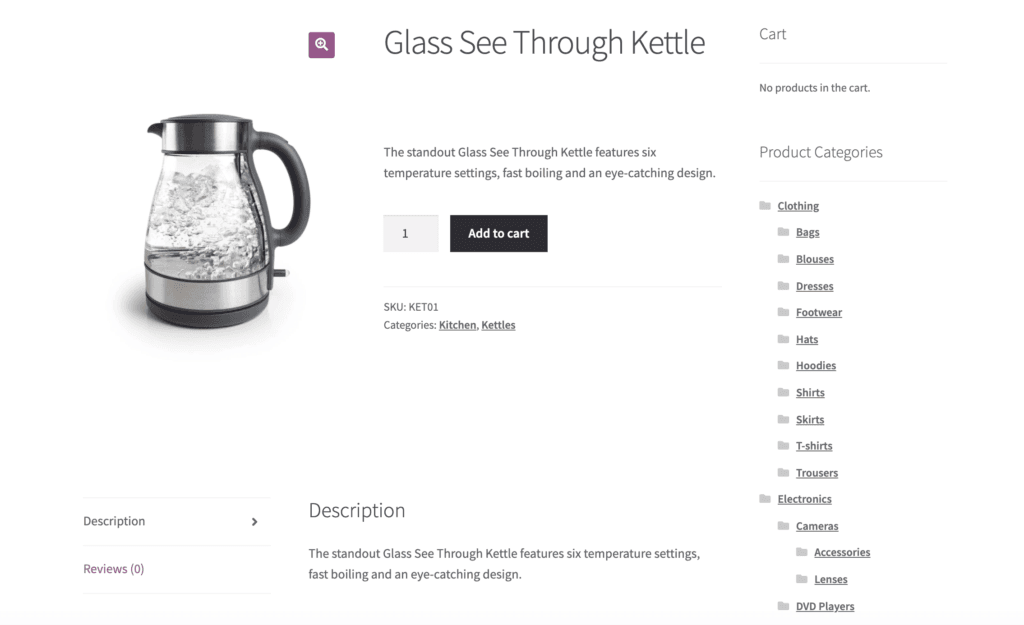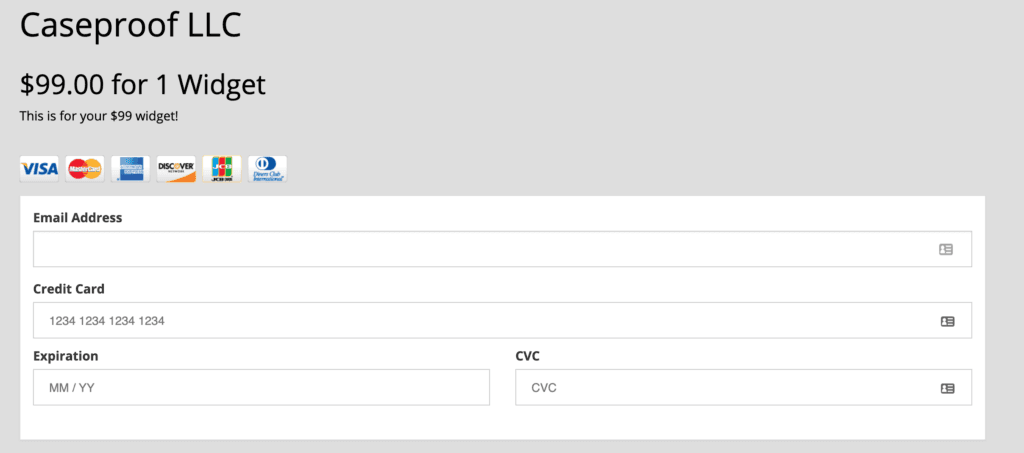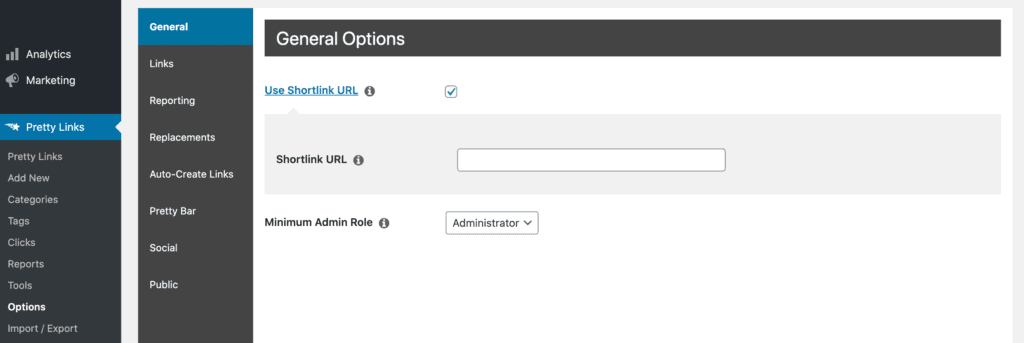3 New Marketing Goals For Your eCommerce Business in 2022

Contents
With over 2.14 billion people expected to purchase goods and services online, 2022 is shaping up to be another profitable year for eCommerce. However, big opportunities also mean increased competition, and you’ll need to work hard to stay ahead of the pack.
Marketing goals can be your secret weapon. By setting clear targets, you can attract new prospects, convert prospects into paying customers, and maximize your profits.
In this post, we’ll share three must-have marketing goals for your eCommerce business. Let’s get started!
1. Create Search Engine-Friendly Product Pages
It’s impossible to overestimate the importance of search engine optimization (SEO) for your business. Over 40% of revenue for most stores can be attributed to organic traffic and 39% of online purchases are influenced by a relevant search.
If you’re going to grow your business, then it’s vital you climb those search engine rankings. While it’s smart to optimize every part of your online store, your product pages are particularly important.
When a potential customer is ready to make a purchase, they’ll often start by searching for some related terms. Therefore, you’ll want your product pages to appear high in those search results.
In addition, most online stores feature a large number of product pages. Since these pages form the bulk of your content, you’ll want them to boost your SEO, rather than undermine all of your hard work.
A product page can contain many elements, but the product description tends to be the most text-heavy. This creates the perfect opportunity to include relevant keywords.
If you’re using the popular WooCommerce platform, then you can define a short description, which appears immediately after the product title, and a long description. Wherever possible, it’s smart to use your target keywords at least once in both of these places:

Remember, product descriptions play an important role in convincing customers to make a purchase. For this reason, you may want to incorporate keywords in a natural way and place them within content that is engaging and compelling.
Similarly, product images can encourage customers to make a purchase while also contributing to your SEO. For the best results, we recommend using Alt text to help Google understand and rank your product images:

This also increases the chances of your product photos appearing in relevant Google image searches. As a result, this strategy could potentially earn you some additional sales.
2. Reduce Cart Abandonment Rates
Cart abandonment rates are a huge problem for eCommerce. In March 2020, around 88% of online shopping orders were abandoned. According to Forrester Research, this may translate to $18 billion in lost sales revenue every single year.
With this in mind, reducing cart abandonment rates should be a top priority for business owners. There are many reasons why customers may rethink a purchase, but 86% of shoppers abandon their cart due to shipping costs.
Almost half of consumers prefer stores that offer free shipping, which makes it a powerful way to drive sales. However, if you need to charge a delivery fee, then it’s smart to be upfront about this cost. Surprising the customer with an unexpected bill at the checkout will most likely result in an abandoned cart.
The complexity of the checkout process can also have a huge impact on your conversion rates. In fact, 34% of shoppers will abandon their carts if they’re forced to create an account.
To help nudge potential customers across the finishing line, it’s a good idea to streamline the purchasing process with buy now buttons. Used by some of the biggest names in online shopping, these call to action (CTA) buttons enable customers to skip straight to checkout, with a single click:

You can create buy now buttons for free using the Buy Now Plus service. Simply register for an account and you’re ready to create your own high-converting buy now buttons. You can also share these buttons to social media, embed them in your email campaigns, or add them to any location that accepts text input.
3. Boost Your Bottom Line With Affiliate Links
As a successful eCommerce business, chances are you already sell your own products and services. However, you may decide to supplement your inventory with third-party products.
This can be a quick and easy way for new stores to populate their shelves. Even for established websites, a few well-placed third-party links can be an effective way to boost your sales.
Some eCommerce owners even use affiliate products to supercharge their marketing campaigns. For example, you might grab the audience’s attention with a popular third-party item, then present your own products as the perfect added extra.
A quick search will reveal hundreds of affiliate programs that you can join. With so much choice, you should have no problems finding the perfect partner. After joining a program, your affiliate partner will provide links that you can use to promote their products. You’ll then receive a commission for every sale that originates from these links.
With more than 3.6 billion users, sites such as Facebook, Twitter, and Instagram are a great opportunity to promote your affiliate products. Keep in mind though, affiliate links generally look long and complex. This can be off-putting to your users and negatively affect post character limits.
For this reason, we recommend simplifying these URLs using a link shortening tool such as our Pretty Links plugin:

With Pretty Links, you don't have to worry about ugly URLs scaring potential customers away. Simply enter your target URL into the Pretty Links dashboard, and it will generate a neater alternative. This plugin even boasts advanced link management and automation features to ensure that you’re getting the most out of your new affiliate partnership.
Conclusion
With more people shopping online than ever before, eCommerce is enjoying a boom. If you’re going to make the most of this golden opportunity, then it helps to set some targets for your business.
Let’s quickly recap three marketing goals for your eCommerce store:
- Create search engine-friendly product pages by incorporating keywords in your descriptions.
- Reduce cart abandonment rates, using a service such as Buy Now Plus to simplify the checkout process.
- Boost your bottom line with affiliate links, using Pretty Links to create neat URLs for social media posts.
Do you have any questions about how to effectively market your online store? Let us know in the comments section below!
If you liked this article, be sure to follow us on Facebook, Twitter, and LinkedIn! And don't forget to subscribe to our newsletter.